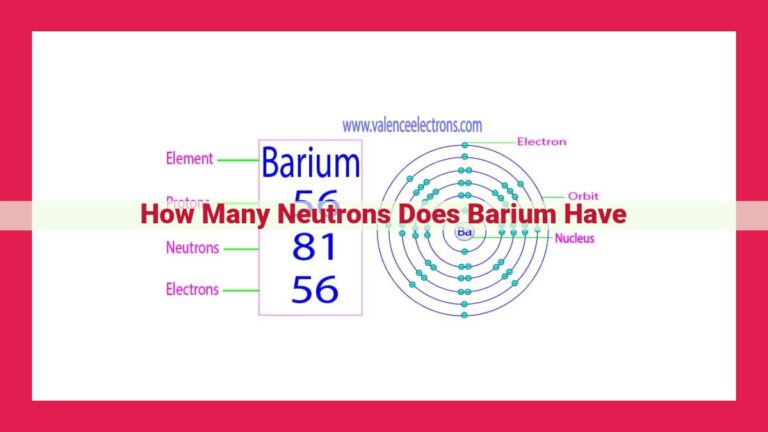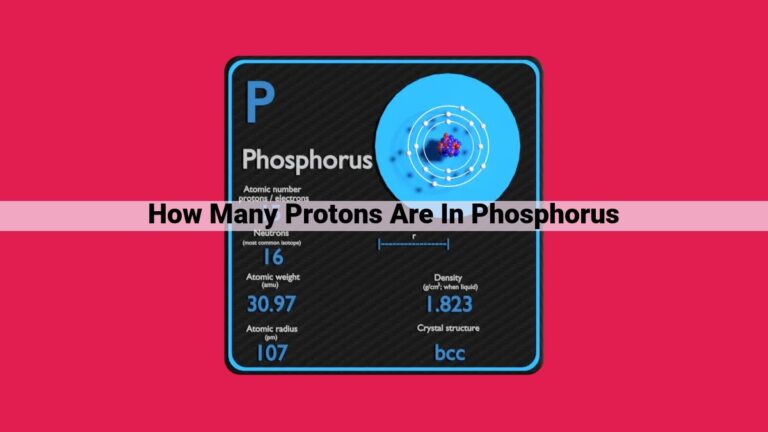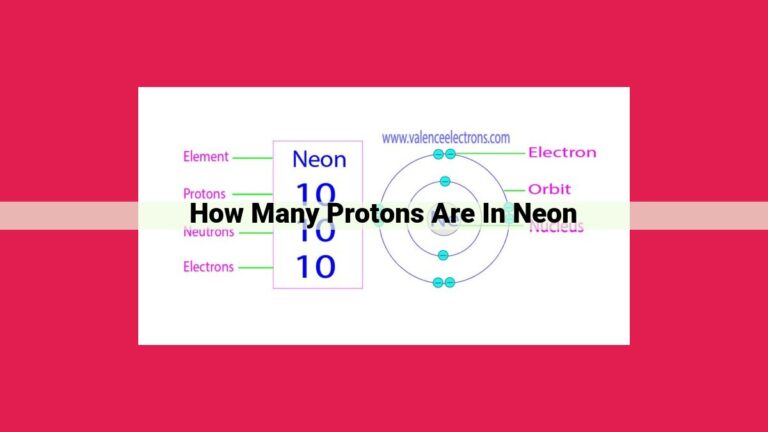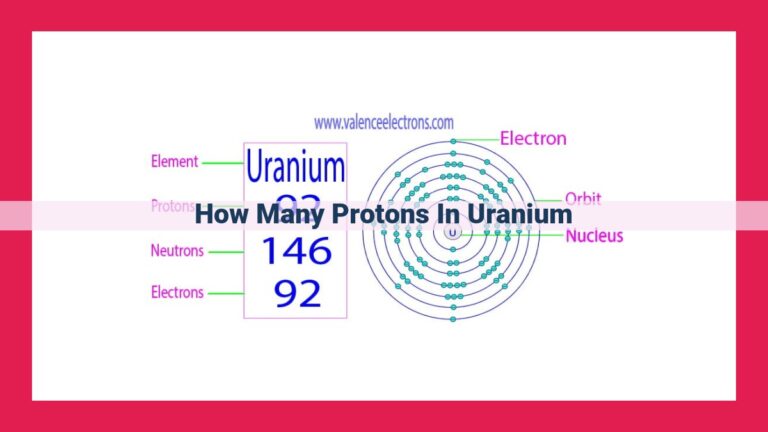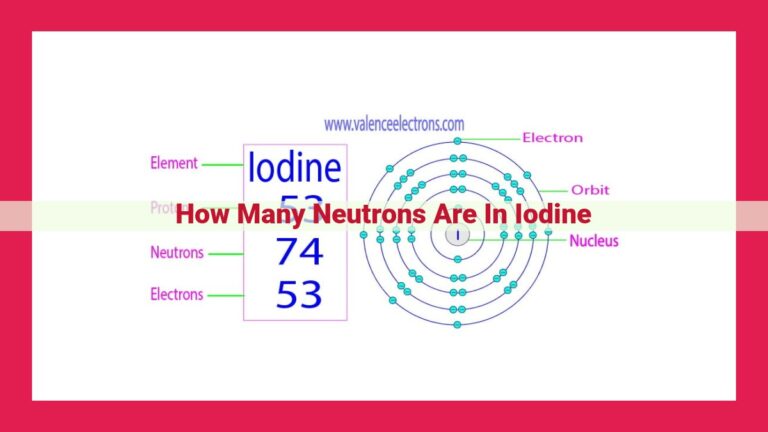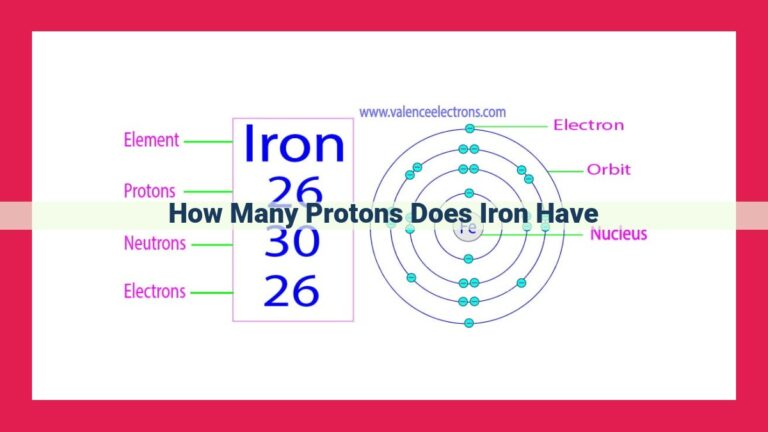Understanding Silicon: Atomic Structure, Properties, And Isotopes
Silicon, an element in Group 14 and Period 3 of the periodic table, has an atomic number of 14, indicating the presence of 14 protons in its nucleus. This atomic number defines the number of electrons surrounding the nucleus and determines the element’s chemical properties. Silicon’s metallic nature and semiconducting capabilities are influenced by its atomic structure and the number of protons it possesses. Isotopes of silicon, such as silicon-28, silicon-29, and silicon-30, have stable atomic nuclei and contribute to the element’s varied properties.
The Atomic Number of Silicon: A Journey into the Heart of an Element
Silicon, a fundamental building block of our technological world, holds secrets within its atomic structure that reveal the essence of matter itself. Atomic number, a defining characteristic of every element, plays a pivotal role in understanding silicon’s properties and its place in the tapestry of elements.
At the heart of every silicon atom lies a positively charged nucleus, home to the element’s protons. The atomic number of an element is defined as the number of protons within its nucleus. For silicon, this number is 14.
Comprehending the atomic number is not simply a matter of counting protons. It is a profound concept that unifies the world of atoms. The atomic number dictates the element’s behavior and influences its chemical properties, distinguishing it from all other elements. In the case of silicon, its atomic number of 14 places it firmly within Group 14 of the periodic table, a group characterized by its four valence electrons.
Number of Protons in Silicon
In the realm of atomic structure, where protons reign supreme, silicon stands out as a fascinating element. Its atomic number, the defining attribute of its atomic identity, holds the key to understanding its unique properties.
Defining the Number of Protons
The atomic number of an element represents the number of protons found within the nucleus of its atoms. Protons carry a positive electrical charge and, alongside neutrons, form the core of an atom. Like a tiny fingerprint, the atomic number distinguishes each element from all others.
Silicon’s Atomic Number
Silicon, an indispensable element in our technological world, boasts an atomic number of 14. This means that every atom of silicon houses 14 protons within its nucleus. This fundamental characteristic sets it apart from all other elements, placing it in its own distinctive nook in the periodic table.
Relationship to Protons
The atomic number of an element is inextricably linked to the number of protons in its atoms. The number of protons defines an element’s atomic number, and vice versa. For silicon, this relationship is straightforward: 14 protons equate to an atomic number of 14.
Core Concept
In essence, the number of protons in an atom is the cornerstone of its atomic identity. It is this number that governs the element’s atomic number and, ultimately, its unique properties. Silicon, with its 14 protons, stands as a testament to this fundamental concept.
Unveiling the Properties of Silicon: A Versatile Element for Tech and Life
Nestled amidst the elements, silicon stands out as a metallic marvel with a unique set of properties that have revolutionized modern technology.
Physically, silicon possesses an unassuming gray appearance, exhibiting both luster and brittleness. However, it’s not its physical allure that has captivated the world of electronics. Instead, silicon’s exceptional semiconductor properties have made it the cornerstone of countless electronic devices.
As a semiconductor, silicon can conduct electricity under certain conditions, allowing it to control the flow of electrons. This remarkable ability has propelled silicon to the forefront of transistors, microchips, and solar cells. These innovations have paved the way for the digital age, powering our computers, smartphones, and renewable energy sources.
Furthermore, silicon’s versatility extends beyond its role in electronics. Its isotopic diversity plays a crucial role in shaping its properties. Stable isotopes such as silicon-28, silicon-29, and silicon-30 contribute to the element’s stability and its wide range of applications.
Silicon’s Home in the Periodic Table: A Tale of Properties
In the realm of chemistry, the periodic table stands as a testament to the intricate organization of elements. It’s a map, revealing the secrets of each element’s behavior and properties. Silicon, a pivotal element in our technological world, finds its place in this grand tapestry in Group 14 and Period 3.
This specific location holds profound implications for understanding silicon’s essence. Group 14, also known as the carbon family, comprises elements that share a similar affinity for bonding with four other atoms. This characteristic lends silicon its tetravalent nature, forming the backbone of its remarkable versatility.
Period 3, on the other hand, indicates that silicon possesses three electron shells. The arrangement of these shells influences the element’s size and reactivity. Silicon’s relatively small size allows it to form strong bonds with other atoms, while its three-layer electron structure imparts a stability that underpins its versatile nature.
Ultimately, silicon’s position in the periodic table shapes its semimetallic properties. With a conductivity intermediate between metals and nonmetals, silicon exhibits a unique blend of electrical and thermal properties that have revolutionized the world of electronics. From computer chips to solar panels, silicon’s exceptional traits underpin the technological advancements that have become indispensable in our lives.
Isotopes of Silicon: Exploring Variations within the Element
Silicon, a remarkable element that forms the foundation of semiconductors and electronic devices, exhibits diversity in the form of isotopes. Isotopes are variants of an element that share the same atomic number but differ in their neutron count.
A Tale of Three Isotopes
Among the isotopes of silicon, three stand out as stable and naturally occurring: silicon-28, silicon-29, and silicon-30. These isotopes vary in their neutron numbers, giving them slightly different physical properties.
Influence on Properties
Silicon-28, the most abundant isotope, consists of 14 protons and 14 neutrons. This isotopic composition contributes to silicon’s strength, ductility, and high melting point.
Silicon-29, with 14 protons and 15 neutrons, is less common but still plays a significant role in silicon’s properties. It influences the material’s electrical and thermal conductivity, making it valuable for semiconductor applications.
Silicon-30, the heaviest stable isotope, contains 14 protons and 16 neutrons. This isotope has a notable impact on silicon’s nuclear properties, making it useful for isotopic analysis and dating techniques.
The diversity of silicon isotopes contributes to the versatility of this crucial element. These isotopes, with their unique characteristics, enable silicon to fulfill a wide range of applications in electronics, energy, and other industrial sectors. Understanding the role of isotopes in silicon’s properties is essential for harnessing its full potential and continuing to innovate in the realm of technology.
